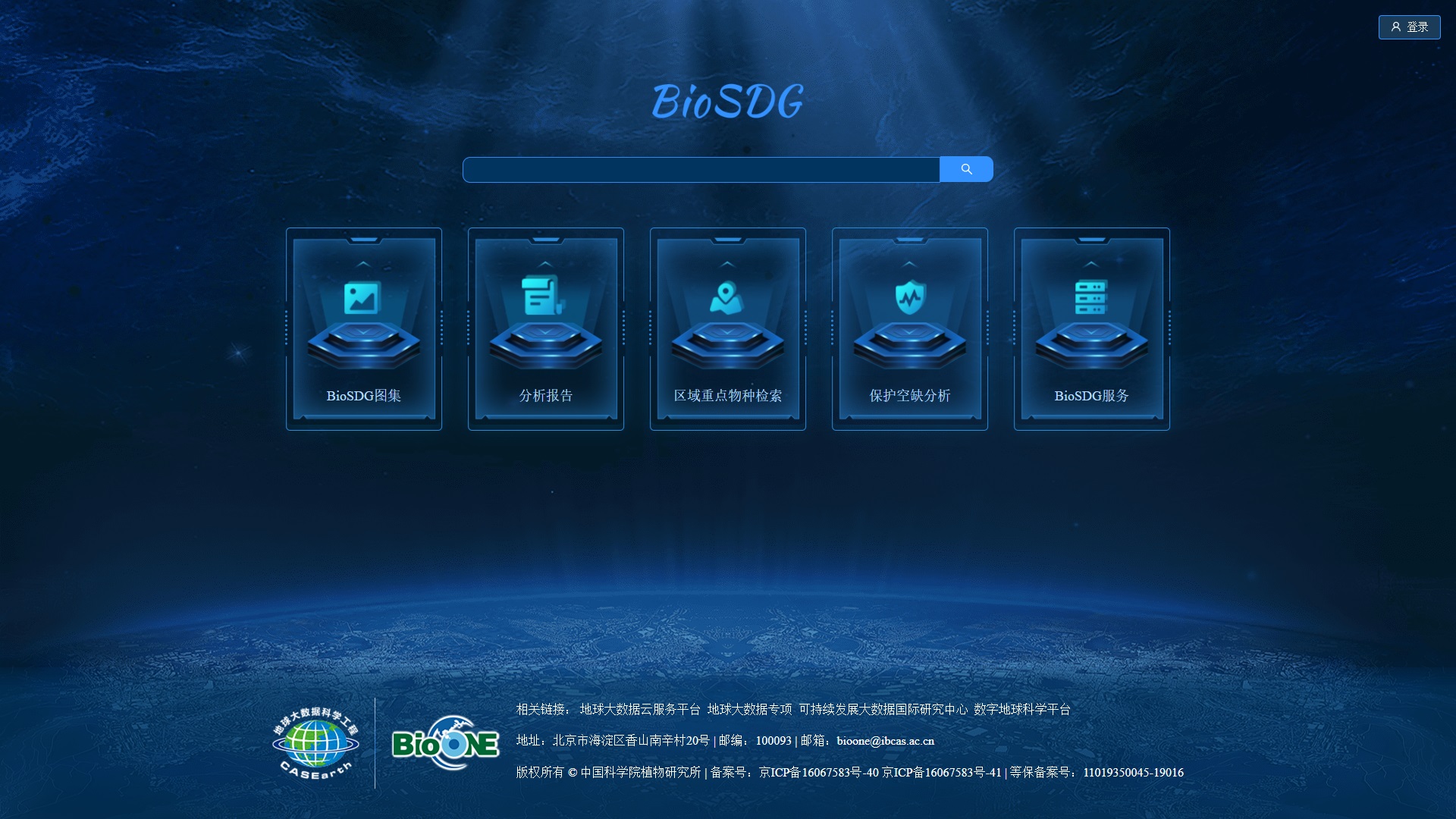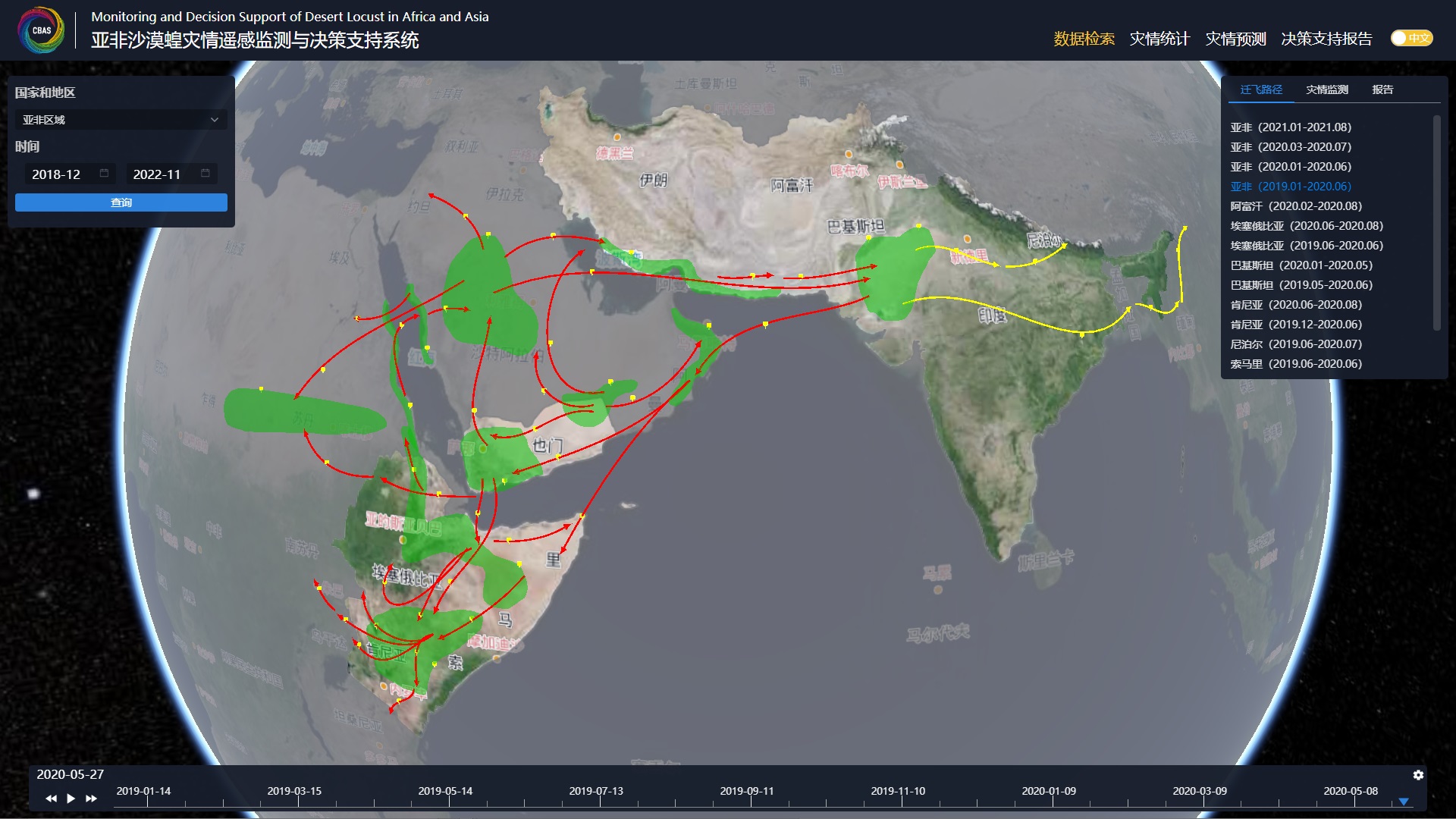SDGs Decision Support
SDG2.4.1 Assessing progress towards sustainable cropping systems: The case of China
Assessing the environmental intensity for land use, irrigation water consumption, excess N application and excess P application of all provinces in China from 1987-2015.
>> ViewSDG11.3.1 Monitoring and assessing global urbanization progress
Focusing on the indicator 11.3.1: Ratio of land consumption rate (LCR) to population growth rate (PGR), the global 10-meter resolution urban impervious surface product was produced. The global urbanization progress was monitored and assessed every five years from 1990 to 2015 in more than 1800 cities around the world.
>> ViewSDG15.3.1 Global land degradation monitoring and assessment
Based on the UNCCD framework and big earth data, the net land recovery contribution was calculated around the world, and the global land degradation was monitored and assessed from 2000 to 2015.
>> ViewBioSDG Platform
Combined with the Sustainable Development Goals (SDGs), the BioSDG Platform focuses on bio-ecological related SDG data and services, and provides bio-ecological big data visualization layers, analysis reports, spatial retrieval of key species, species conservation gap analysis and SDG service cases.
>> ViewMonitoring and Decision Support System of Desert Locust in Africa and Asia
Combing the multi-source data such as remote sensing images, meteorology, and basic geographic information in Asia and Africa with desert locust remote sensing monitoring index system, habitat suitability model, locust occurrence and dispersion dynamics model, and disaster model for disaster monitoring, the Monitoring and Decision Support System of Desert Locust in Africa and Asia which consists of four modules of data search, disaster statistics, disaster prediction, and decision support was developed to provide information and decision-making support for the time-series monitoring and prediction of desert locust disasters in Asia and Africa.
>> View



